Designing Ireland's green transport revolution
Ireland is at a crossroads in its transport evolution. With a national goal of reducing greenhouse gas emissions by 51% by 2030, and the transport sector tasked with halving its emissions within the same timeframe there is a clear and pressing need to rethink the country’s approach to mobility.

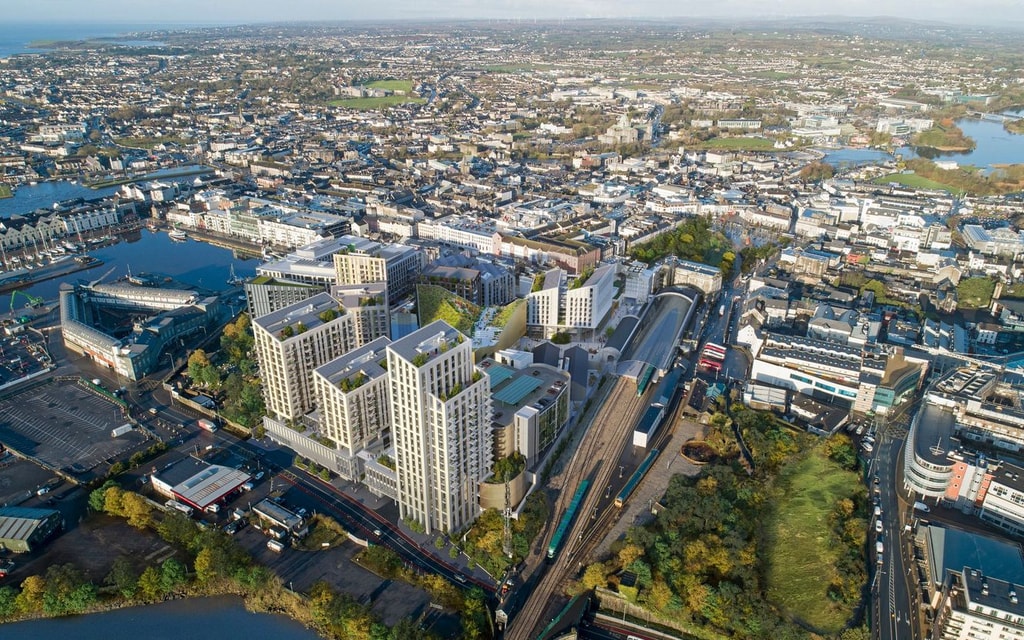
However, with three out of four Irish citizens relying on private cars for daily travel, current transport patterns are fundamentally incompatible with these climate commitments. A radical shift is needed, underpinned by design-led solutions that place sustainability, accessibility, and efficiency at the heart of Ireland’s transport infrastructure.
The challenge is as much cultural as it is infrastructural. Ireland’s long-standing car dependency is deeply ingrained, but this moment presents a unique opportunity to redefine what a modern, sustainable transport system looks like. The focus must be on creating integrated, future-proofed transport networks that not only reduce emissions but also enhance quality of life. Architects, urban planners, and engineers have a critical role in shaping this transformation, ensuring that the country’s mobility framework supports economic growth, environmental resilience, and social inclusion.
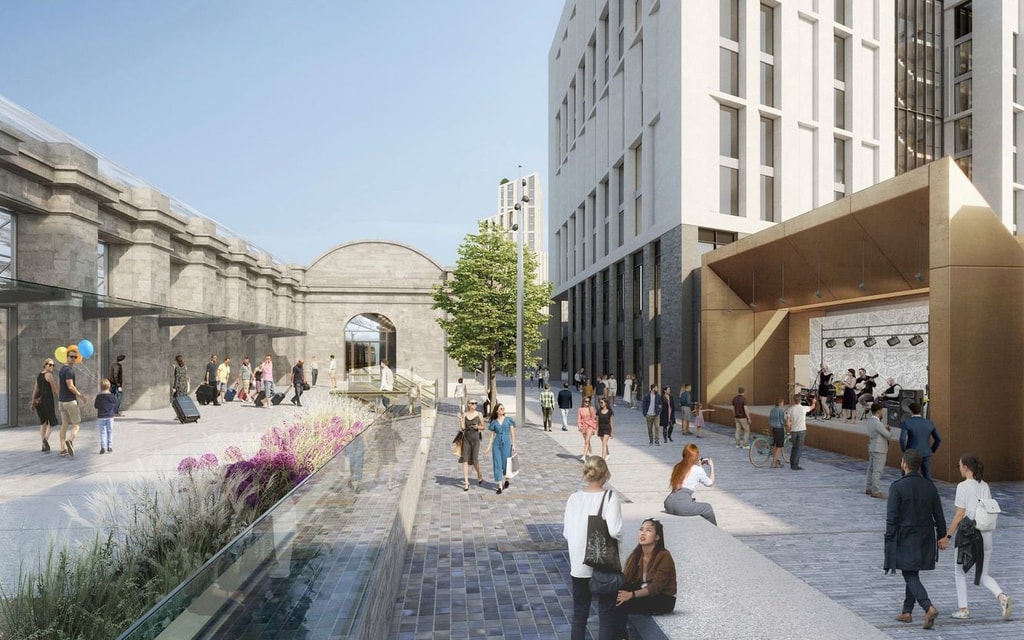
One of the most significant steps Ireland can take is the decarbonisation of its rail and public transport systems. Electrification is a proven solution that has transformed railway networks across Europe, and Ireland must follow suit. By investing in fully electrified rail networks, alongside complementary solutions such as hydrogen-powered trains for non-electrified routes, Ireland can create a zero-emission backbone for its public transport. Beyond rail, integrating low-carbon buses, whether electric or hydrogen-fuelled, into urban and rural transit networks will help reduce reliance on fossil fuels, particularly in areas underserved by rail infrastructure.
However, decarbonisation must extend beyond the vehicles themselves. The transport hubs that support these networks such as train stations, bus terminals, and multimodal interchanges, must also be designed to meet net-zero standards. Energy-efficient design, maximising natural light and ventilation, coupled with renewable energy integration through solar panels, wind turbines, and geothermal systems, can transform these hubs into self-sustaining nodes of connectivity. Rainwater harvesting, green roofs, and modular construction techniques further enhance their sustainability, reducing both operational emissions and resource consumption.
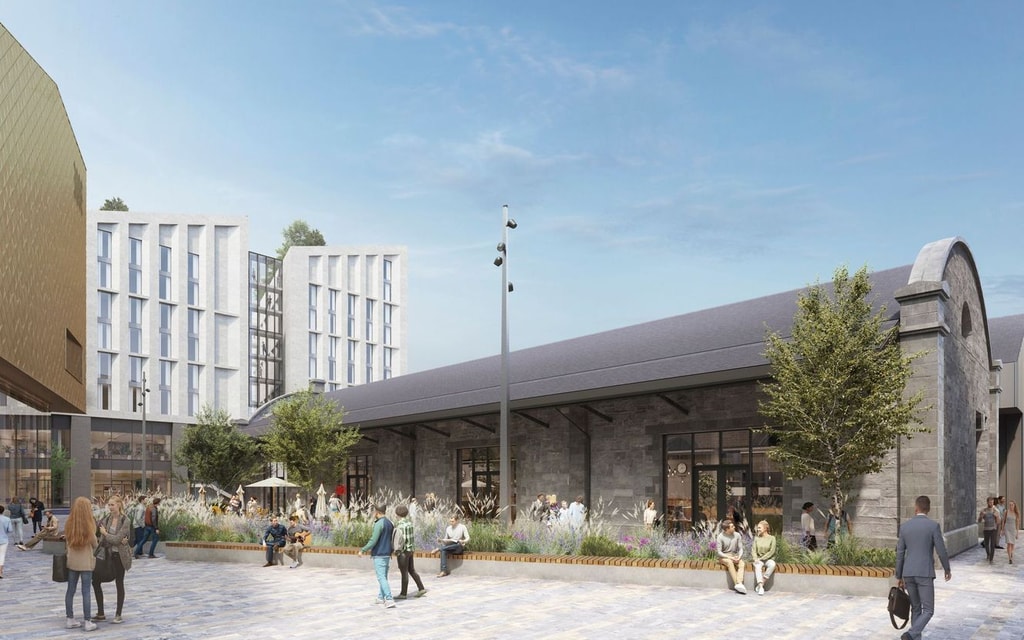
Technology, too, will be a crucial driver of change. Smart mobility solutions can revolutionise the efficiency of Ireland’s transport networks, making public transport more attractive, reliable, and accessible. AI-driven traffic management systems can optimise congestion flows in real time, reducing unnecessary idling and emissions. Predictive maintenance, enabled by IoT sensors embedded in rail and road infrastructure, can minimise disruptions and prolong asset lifespans. Personalised journey planning applications can offer commuters seamless, multi-modal travel experiences, integrating rail, bus, cycling, and walking into a single, coherent network. In the longer term, AI-driven autonomous shuttles could provide flexible, last-mile connectivity, particularly in suburban and rural areas.
Yet, sustainability in transport is not only about technology and emissions reduction—it is about people. Ireland must embrace a people-centric approach to mobility that prioritises accessibility, safety, and inclusivity. Expanding pedestrian and cycling infrastructure, particularly around transport hubs, is essential for encouraging active travel and reducing short car trips. Transit-oriented development (TOD) can create vibrant, mixed-use communities where residents live, work, and socialise within walking distance of high-quality public transport, further discouraging car dependency. This design thinking is all captured in the Augustine Hill Masterplan in Galway, which will rejuvenate 8.5 acres of inactive brownfield land with Ceannt Train and Bus Station at its centre. The masterplan seeks to encourage the use of sustainable transport through improving pedestrian and cyclist connectivity, accessibility and permeability within the city, enhancing the station’s desirability and convenience for commuters.

Lighting, often an overlooked aspect of transport infrastructure, plays a significant role in ensuring safety while minimising environmental impact. Smart LED lighting systems with motion sensors can adjust brightness based on real-time activity, reducing energy consumption while maintaining security. Dark-sky compliant lighting minimises light pollution, protecting Ireland’s natural nightscapes and biodiversity. Solar-powered lighting solutions offer an off-grid alternative for remote areas, reducing the need for extensive energy infrastructure. These measures were all at the forefront of the design for the Adamstown Train Station which, since opening, accommodates 3,000 passengers per hour and includes a semi-open public concourse spanning across the railway tracks, two limestone clad stair cores and a partially open roof structure providing plenty of natural daylight to the spaces below.
Land use planning must also evolve to support sustainable mobility. High-density, multi-level transport hubs can maximise space efficiency in urban areas, while rural transport corridors should be designed to integrate green spaces and biodiversity preservation. Wildlife crossings and ecological corridors can mitigate the impact of transport infrastructure on natural habitats, ensuring that development does not come at the cost of biodiversity loss.
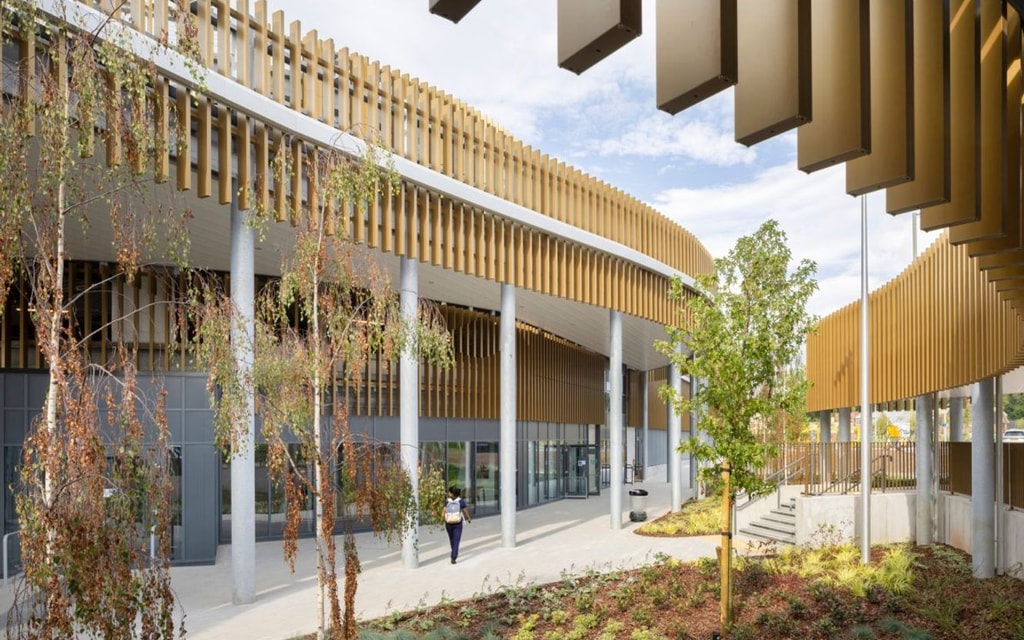
A reimagined transport system must also embrace the principles of systemic change. Electrification, while vital, should not be seen as a silver bullet. Policies must also focus on reducing total car travel, rather than simply swapping internal combustion engines for electric vehicles. Ireland needs ambitious targets for increasing the share of trips taken via walking, cycling, and shared mobility solutions, ensuring that public transport is the first choice for most journeys rather than a fallback option. Sustainable accessibility, rather than high mobility, should be the ultimate goal.
Achieving these objectives will require cross-sectoral collaboration and bold policymaking. Government departments must align their strategies, integrating transport planning with housing, land use, and economic development policies. Local authorities should be empowered to implement bottom-up, participatory approaches to transport planning, ensuring that solutions are tailored to community needs rather than imposed from above. A holistic, multi-level governance framework is essential to overcoming ingrained ideas that prioritise car travel over sustainable alternatives.
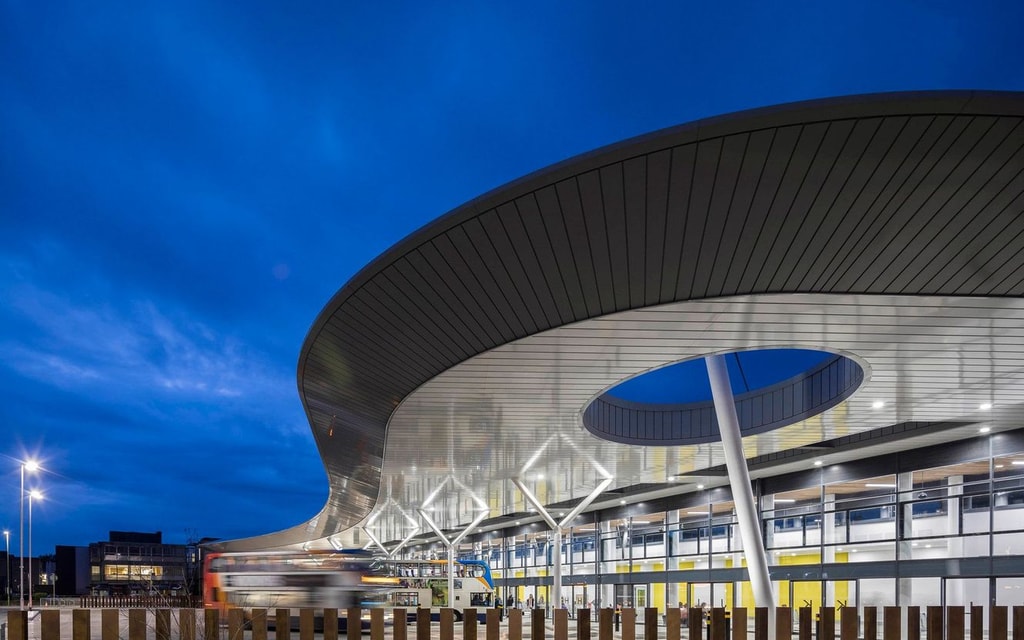
The transformation of Ireland’s transport sector is not just an environmental necessity, it is an opportunity to create a more connected, inclusive, and resilient society. By embracing electrification, AI, people-centric design, and biodiversity-conscious planning, Ireland can set a global precedent for sustainable mobility. The path ahead requires a fundamental shift in mindset, challenging outdated assumptions and placing sustainability at the core of transport policy. This is not merely about building better infrastructure; it is about rethinking the way people move, interact, and experience their cities and countryside.
Ireland has the chance to lead by example, demonstrating that a transport system can be both environmentally responsible and deeply embedded in the fabric of everyday life. The task is ambitious, but the rewards are clear. Lower emissions, healthier cities, and a transport network that serves everyone are more than worth the effort. The road to a sustainable future is not just about reaching a destination but about reshaping the journey itself.